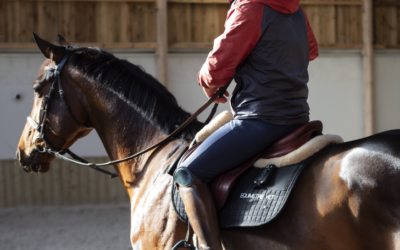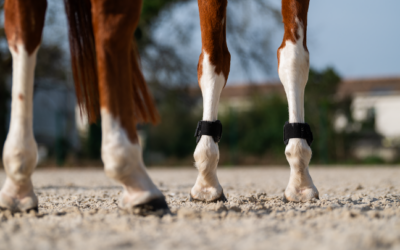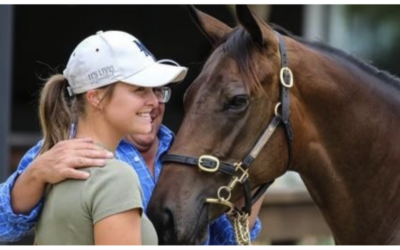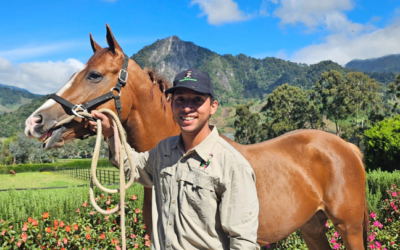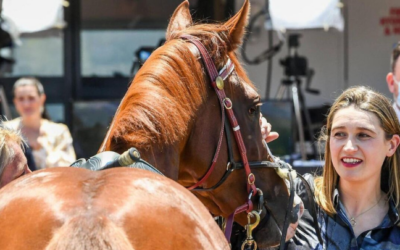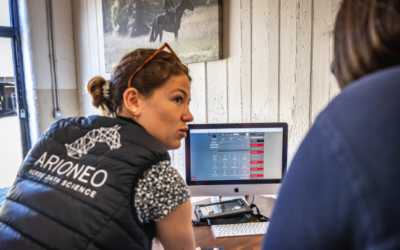EXPLORE
OUR BLOG
Here you will find information about performance and health measurements as well as tips about athlete horse health monitoring, telemedicine cases and equine well-being.

Subscribe to our newsletter
LATEST ARTICLES
ALL ARTICLES
Guide to main cardiac pathologies: Identification and interpretation
The electrocardiogram (ECG) is an essential tool for detecting cardiac pathologies in horses. It is a reliable, non-invasive, and easy-to-use technique that allows for the investigation of cardiac rhythm abnormalities.
Interview with Matthew Taylor: what the Essentials & Advanced programs brought to his professional experience
Discover Matt Taylor’s opinion on Arioneo Institute training courses and the evolution of human and equine performance thanks to new technologies.
EQUISYM is evolving: more flexible and efficient equine locomotion analysis
Our equine locomotion quantification solution, EQUISYM, is evolving! After several months of R&D, discover its new feature.
How the advanced program helped Tammy Feek harness the full potential of equine data
Having used Equimetre technology for several years, Tammy explains how the program has deepened her understanding of data analysis and its role in optimizing racehorse performance and well-being.
Why Choose the Dashboard Vet for Equine ECG Analysis?
With the Dashboard Vet, we have developed a comprehensive and intuitive platform that simplifies ECG and physiological parameters analysis. Compared to other existing solutions, our approach stands out with an optimized user experience, advanced features, and adaptability to the needs of equine veterinarians.
Michael Blomeley: How the Advanced program is helping racehorse training with data science
Driven by his ambition to become a successful trainer, Michael explains how the Advanced program has equipped him to integrate data and sports science into his daily routine.
Jose Gutierrez & the Advanced program: Enhancing horse training with data analysis
In the world of horse racing, success is often attributed to instinct, experience, and tradition. However, Jose Gutierrez is proving that data analytics is the next frontier in optimizing performance and ensuring equine well-being.
Caroline Jennings & the Advanced program : revolutionizing equine research
Caroline Jennings, an expert trainer in biomechanics and equine research, uses cutting-edge analysis to optimise the performance and well-being of horses.
How to get started with data collection?
In the horseracing industry, more and more trainers and owners are exploring the combination of human intuition and data science to optimize the performance and well-being of their horses.
.

